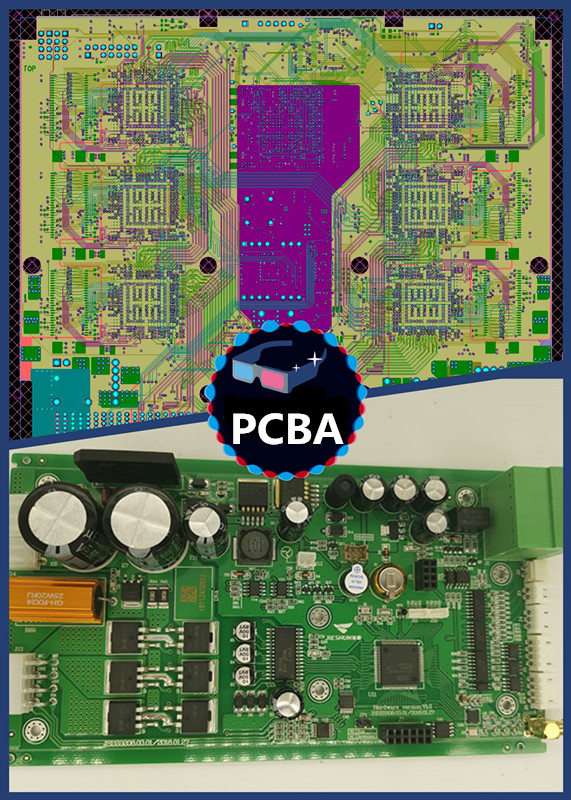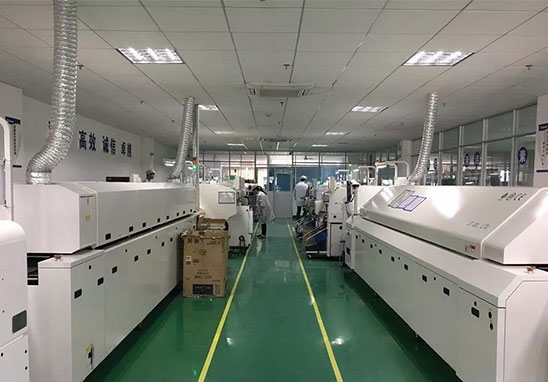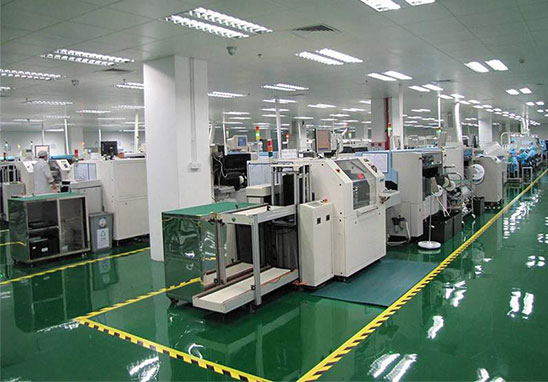As you probably know, PCBA tin penetration is mainly affected by factors such as material, wave soldering process, flux, manual soldering, etc., and which is able to be adjusted and solved in the following ways:

1. Material Factor Solution
Although tin melted at high temperature has strong permeability, not all metals to be welded (PCB boards, components) can penetrate in, such as aluminum metal, whose surface generally automatically forms a dense protective layer, and the internal molecules; The difference in structure also makes it difficult for other molecules to penetrate. Apart from that, if there is an oxide layer on the surface of the welded metal, which will also prevent the penetration of molecules. Therefore, we usually use flux to treat it or brush it with gauze.
2. Flux Factor Solution
Flux is also an vital factor that affects poor tin penetration in PCB Assembly. Flux mainly plays a role in removing surface oxides on PCB and components and preventing re-oxidation during soldering. Flux selection is not good, uneven coating, and excessive amount. A small amount will lead to poor tin penetration. A well-known brand of flux can be selected, which will have higher activation and wetting effects, and can effectively remove difficult-to-remove oxides; Then need check the flux nozzles. Damaged nozzles need to be replaced in time to ensure that the PCB surface is coated with a proper amount of flux. Play the flux effect of flux.

3. Wave Soldering Factor Solution
The poor solder penetration of PCB Assembly is directly related to the wave soldering process. Re-optimize the soldering parameters with poor solder penetration, such as wave height, temperature, soldering time or moving speed. First, reduce the orbit angle appropriately, and increase the height of the wave crest to increase the contact amount of liquid tin with the soldering end; Next, increase the temperature of wave soldering. Generally speaking, the higher the temperature, the stronger the permeability of tin, but this should be considered the components can withstand the temperature; Finally, the speed of the conveyor belt can be reduced, and the preheating and soldering time can be increased, so that the flux can fully remove oxides, soak the solder ends, and increase the amount of tin consumed.
image
4. Manual Welding Factor Solution
In the actual plug-in welding quality inspection, a considerable part of the weldment only has a taper on the surface of the solder, and there is no tin penetration in the via. However, in functional test, it is confirmed that many of these parts are soldered. This situation is more common in manual plug-ins during soldering, the reason is that the soldering iron temperature is not appropriate and the soldering time is too short. Poor tin penetration in PCB Assembly can easily lead to false soldering and increase the cost of rework. If the requirements for PCBA tin penetration are relatively high, and the welding quality requirements are relatively strict, selective wave soldering can be used, which can effectively reduce the problem of poor tin penetration in PCB Assembly.









